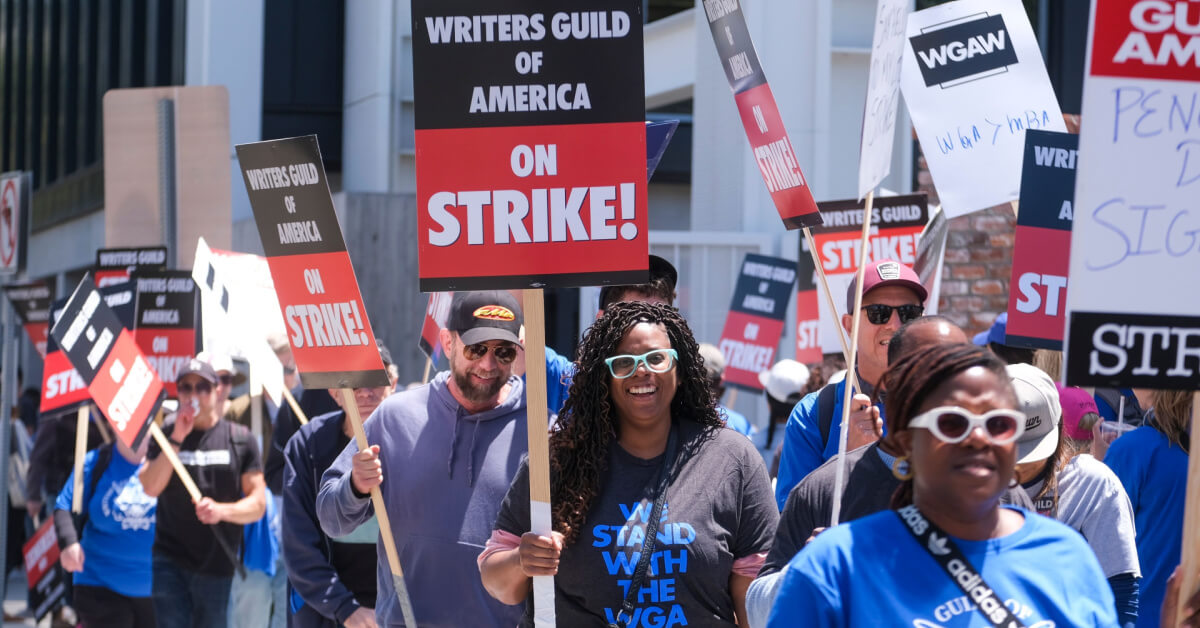August 30, 2023
There are some notable parallels between the predicament of the current screenwriters’ and actors’ strikes and the situation independent schools and teachers are facing now and in the years ahead. In a nutshell, Hollywood has been facing a declining business model of movie theatre attendance and the growth of streaming services like Netflix, Apple TV+, Prime, and YouTube, threatening their current distribution channel of bundled cable TV (estimated by PwC to be reduced by 50% by 2027). The major networks decided to join the unbundling movement with the launch of their own streaming services, minimizing the importance of cable (Hulu, Paramount Plus, and Peacock). During the pandemic, actors and writers feasted on the need for unbundled content to satisfy the demand for these new streaming services.
Because most customers craved new content, watching reruns or time-shifting original shows due to busy schedules was no longer necessary. Post-pandemic, viewing of streaming services has declined or viewers have canceled more expensive subscriptions. For the streaming services to be profitable and reduce their current losses, Hollywood needs their content creation costs to stay flat or transition to less costly programming like reality TV. And there you have the…


